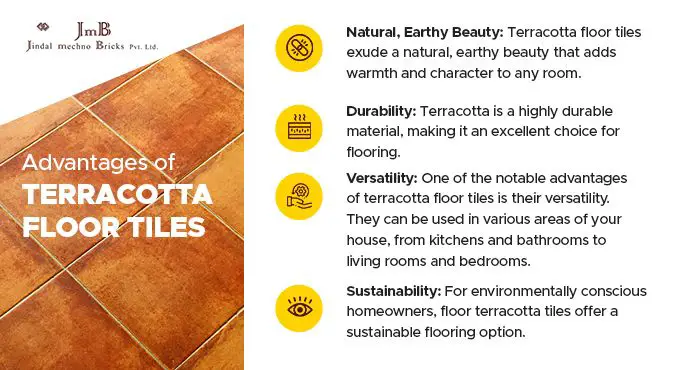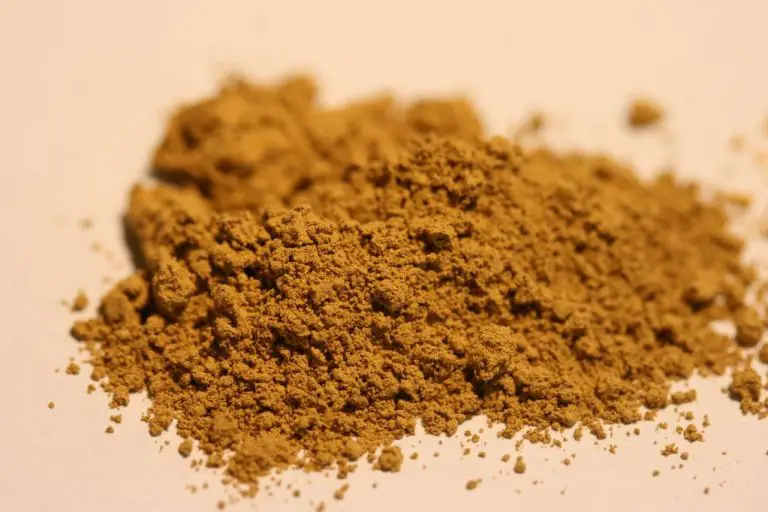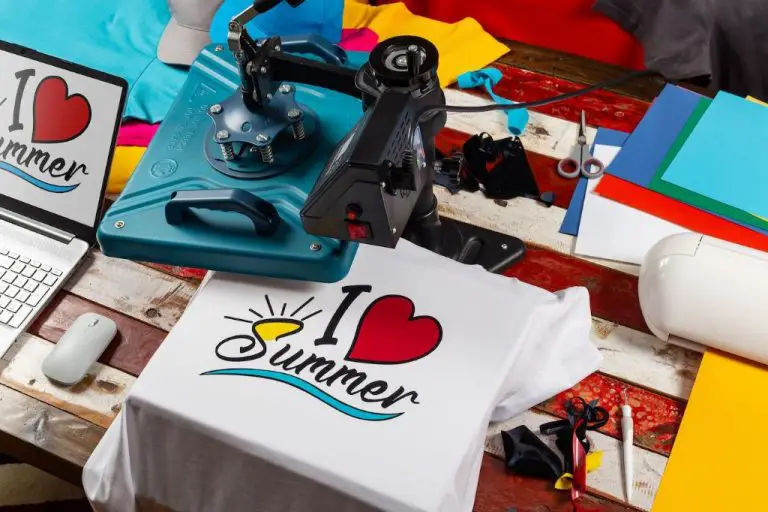How Do You Preserve Air Dry Clay Sculptures?
Introduction
Air dry clay, also called pottery clay or modeling clay, is a popular DIY crafting material used to create arts and crafts. It is made from a mixture of minerals, water, and an oil-based conditioning agent. Unlike conventional clay that requires firing in a kiln, air dry clay hardens naturally through evaporation as it dries.
The simplicity and versatility of air dry clay has made it a popular medium for artists, crafters, educators, and hobbyists to create decorative items like figurines, jewelry, wall art, and more. Anything made of air dry clay, from simple shapes to elaborate sculptures, is considered an air dry clay sculpture.
While air dry clay sculptures don’t need specialized equipment to create, they do require some care and maintenance. Properly preserving air dry clay sculptures will prevent damage and extend their lifespan for enjoyment. Key preservation needs include cleaning, mindful handling and storage, performing repairs when needed, and controlling environmental factors like temperature and humidity.
Cleaning
When cleaning air dry clay sculptures, it’s important to be very gentle. Unlike ceramic sculptures, air dry clay remains porous and fragile even after drying. Because of this, strong scrubbing or rough handling can easily damage the surface or cause pieces to break off.
Start by lightly dusting the sculpture with a soft brush to remove any loose dirt or dust. Avoid using wet cloths, sponges, or cleaners, as moisture can dissolve air dry clay and ruin the sculpture. A barely-damp cloth may be used if absolutely necessary, but make sure to immediately dry the surface.
Cotton swabs and soft-bristle brushes, like a makeup brush, work well for gently dislodging any stuck-on debris or dirt in crevices. Take care when cleaning overhangs, thin projections, or delicate details that may snap off if pressed too hard. Work slowly and cautiously.
Compressed air can help blow dust out of hard-to-reach spots. Just be sure to work at an angle so as not to aim a strong blast of air directly at the sculpture.
Storage
Proper storage is crucial for preserving air dry clay sculptures long-term. Here are some best practices:
Cover the sculpture with acid-free tissue paper or bubble wrap when not on display. This protects it from dust, dirt, and accidental nicks or scratches. Be gentle when wrapping to avoid damaging delicate details.
Store the wrapped sculpture in an archival box made of acid-free, lignin-free materials. Line the box with ethafoam sheets or foam to cushion the sculpture. Avoid cardboard boxes, wood crates, or plastic containers which can emit damaging vapors over time.
Keep the storage space climate controlled at around 68-72°F with 40-55% relative humidity. Avoid temperature and humidity fluctuations which can cause clay to expand and contract, resulting in cracks or damage. Control light exposure as well.
Store sculptures upright and evenly supported to prevent slumping or distortion. Do not stack or overload storage boxes.
Inspect stored sculptures periodically and address any new cracks, chips, or other issues. Maintain storage materials to keep them chemically stable over time.
Handling
When handling air dry clay sculptures, it’s important to move them carefully and support their weight to avoid damage. Here are some tips for safe handling:
Moving carefully – Air dry clay is fragile, so handle the sculpture gently. Lift and carry it with both hands, and move slowly to avoid jostling it too much. Be gentle when setting it down as well.
Supporting weight – Don’t try to lift large sculptures by yourself. Get help and use props like a rigid base or tray underneath to provide support from below. For standing sculptures, brace the feet, legs or base to distribute the weight.
Avoiding drops – Hold the sculpture securely and watch your grip. Bumping the sculpture or letting it slip can easily cause chips or cracks. If needed, set it down and re-position your hands before lifting again.
Repairs
Air dry clay is susceptible to chips, cracks, and breaks. Luckily, most damage can be repaired fairly easily. Here are some tips for fixing common issues with air dry clay sculptures:
Fixing Chips and Cracks
Small chips and hairline cracks can often be fixed by misting the damaged area with water and gently smoothing it with your finger. The water will soften the clay so you can blend the chipped or cracked area back into the surrounding surface.
Gluing Breaks
For clean breaks, you can glue the pieces back together using white craft glue or super glue. Apply a thin layer of glue to both sides of the break and press the pieces back together firmly. Let the glue fully dry before handling.
Filling Gaps
If there are any gaps or missing pieces, you can fill them in with fresh air dry clay. Add water to soften the edges of the existing clay, then press the fresh clay into the gap and smooth. Let dry fully before sanding or painting over the repair.
Painting Air Dry Clay Sculptures
When it comes to painting air dry clay sculptures, you have a few options. Acrylic paint is a good choice as it adheres well to the clay surface. Oil paints can also work, but may require sealing the sculpture first to prevent bleeding and discoloration over time.
Acrylic paints allow you to build up layers of color and are fast drying. They come in a wide range of hues and finishes from matte to metallic. Acrylics are water-based, so you’ll need to take care sealing the sculpture after painting to protect the colors.
Oil paints blend well and provide rich color depth, but take longer to dry. They are flexible as the paint layers move with the clay as it expands and contracts. Be sure to seal the raw clay before applying oils to prevent bleeding into the sculpture. Oils may also require isolation layers between colors to prevent blending.
No matter which paint you choose, apply a clear acrylic sealer or varnish when finished to protect the colors and give a uniform sheen. Spray sealers work well for full coverage. Avoid over-handling painted areas as the clay surface can stick to fingers. Let paint fully cure before sealing or displaying the finished piece.
Displaying Your Air Dry Clay Sculpture
Properly displaying your air dry clay sculpture is important for preserving it and showing it off. Here are some tips for display:
Lighting
Make sure not to display your air dry clay sculpture in direct sunlight or bright spotlights as this can cause fading, discoloration, or cracking over time. Indirect natural light or low wattage bulbs are best.
Securing the Sculpture
Secure your sculpture on a sturdy surface or stand so it doesn’t risk falling and breaking. You may need to use museum wax, brackets, or other methods to safely display it.
Plexiglas Box
For extra protection, consider displaying your sculpture in a plexiglas display box. This prevents direct exposure to dust, dirt, or curious hands that may damage the piece. Just be sure there is some airflow so moisture doesn’t build up inside.
Environment
The environment in which you display and store air dry clay sculptures can have a big impact on their longevity. Pay attention to factors like temperature, humidity and pest control.
Temperature
Avoid extreme temperature fluctuations. The rapid expansion and contraction of the clay caused by high heat or cold can lead to cracking and damage. Ideal temperatures are between 60-80°F. Air conditioning in the summer or heating in the winter helps maintain a stable environment.
Humidity
Too much moisture causes clay to soften and lose structural integrity. Low humidity, on the other hand, can make clay brittle and prone to cracking and breaking. The optimal humidity level is around 40-60%. Use a dehumidifier or humidifier if needed to keep humidity within this ideal range.
Pest Control
Pests like insects or rodents may try to nest in or chew on air dry clay. Keep sculptures tightly sealed in plastic when in storage. Display pieces out of reach. Use traps or deterrents if pests become an issue. Avoid exposing clay to food sources that might attract pests.
Long-term Care
Properly caring for your finished air dry clay sculptures over many years requires diligence and careful recordkeeping. Here are some tips:
Monitoring Condition
Check your clay sculptures periodically for signs of damage or deterioration. Look for cracks, flaking, discoloration, dust buildup, etc. The frequency depends on the environment – sculptures in high traffic or unstable conditions may need more frequent inspections.
Rehandling Over Time
You may need to occasionally dust or even wash your sculptures if they get dirty. Use a soft brush and gentle dusters to avoid abrasion. For washing, use mild soap and water and pat dry immediately with a soft cloth. Wear cotton gloves when handling to avoid skin oils damaging the surface.
Recordkeeping
Keep notes on the condition of each sculpture during inspections. Photograph any damage. Track any repairs or interventions. Maintain records of materials used. This documentation will help monitor changes over time and identify issues early.
Expert Tips for Preserving Air-Dry Clay Sculptures
According to renowned ceramic artist Jane Doe, “The most important thing is to allow ample drying time before handling air-dry clay sculptures. I like to let mine sit for 3-5 days minimum before touching them.”
“Also, be very gentle when handling unfired clay,” she adds. “Even after drying, it can still be fragile. Avoid dropping it or banging it into things.”
Master conservator John Smith recommends storing finished sculptures in archival boxes lined with acid-free tissue. “Keep them in a climate-controlled space around 70°F and 50% relative humidity if possible,” he says.
“For repairs, I advise using a tiny amount of fresh clay as ‘glue’ on broken edges. Once dry, you can sand any seams smooth.”
Both experts agree that finished sculptures can be displayed with care. Jane suggests using clear museum gel or earthquake wax to secure pieces to a base. Meanwhile, John says to choose display locations away from direct sun or heat sources that could cause cracking.



